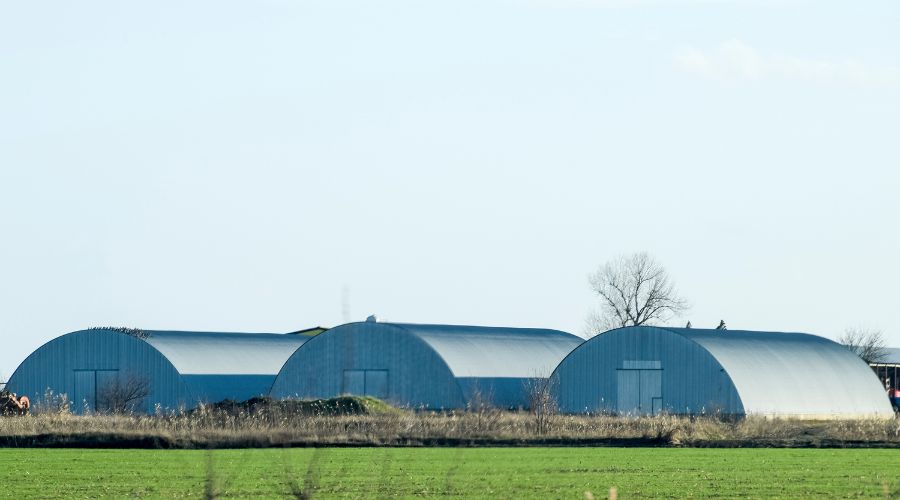Steel buildings have become one of the go-to building structures for consumers and businesses alike. Steel buildings are a popular choice in today’s construction landscape because of their versatility for a variety of uses, including commercial warehouses, industrial facilities, agricultural barns, and even residential homes in some cases. Finding the right size is critical to getting the most out of the space. Here are the most common steel building sizes you’ll find in the industry.
Editor’s Note: This list does not include all steel building sizes, this is just a general list of sizes that you should be able to find across the industry. Specific suppliers will be able to cater to different sizes and interests.
- 30×40
- 30×50
- 30×60
- 40×60
- 40×70
- 40×75
- 50×75
- 50×80
- 50×100
- 60×100
- 100×100
What is a Steel Building?
A steel building is composed of steel, one of the most durable and sturdy materials available in the construction industry. Steel is used for both the internal support framework and the external cladding, resulting in a high level of strength and stability. These buildings are particularly suitable for a variety of uses such as resistance to corrosion, pests, and fire. Steel buildings are oftentimes cost-saving measures over using other materials. To check out more about costs, consider our article here:
How Much Does a Metal Building Cost?
Learn MoreTypes of Steel Buildings
There are 4 main types of steel buildings and the affect steel building sizes. You should be aware of:
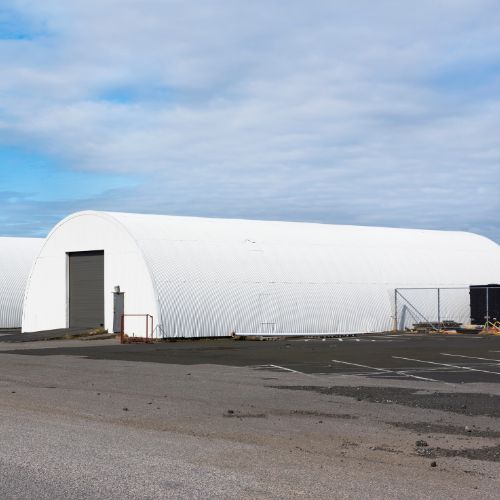
Arch/Quonset: The self-supporting structures are shaped like arches and can be put up relatively quickly.
Gambrel: These types of steel buildings have sloped ceilings and most resemble traditional pole barns.
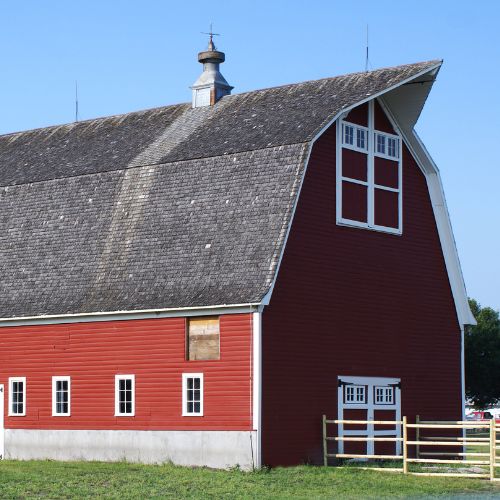
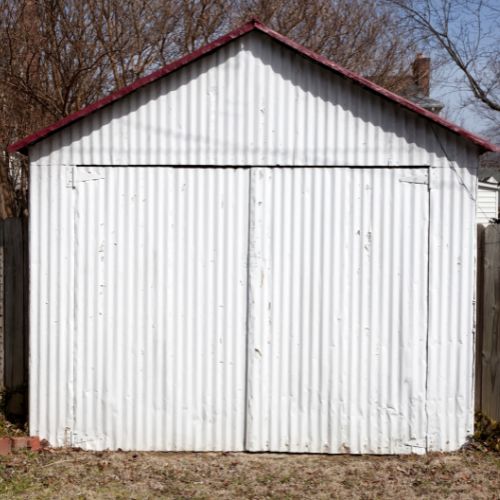
Gable: Gable are a lot like Gambrels however they usually have two sloping roof panels. They often look like garages or hangars
Single Slope: Single-slope steel buildings are exactly what they sound like. They are steel buildings with a roof that is one sloping angle. These types of buildings can be used for commercial purposes as the storefront looks like a normal building.
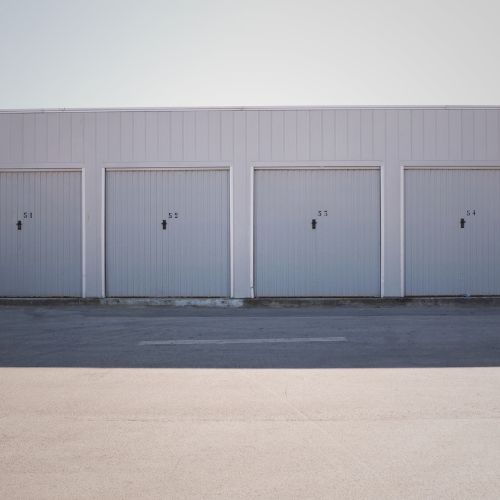
If you like more clarification, check out our article on the types of steel buildings.
Customization and Size Variability
As mentioned above, there is no set standard for sizing. With providers like Renegade Steel Buildings, they start sizing at 30×30 for steel buildings. Steel buildings, unlike traditional construction, allow for a high level of customization in sizing. This adaptability ensures that each structure can be modified to fit the individual needs of its users, whether that means accommodating heavy machinery, providing enough storage space, or other features.
Choosing the Right Steel Building Size
Finding the right size of steel building is important for getting the most out of the space and making sure it is functional. Use these guidelines to make sure you choose the right building.
Assessing Your Needs
Identify your building’s purpose. A warehouse, for example, has different space requirements than a retail outlet or a residential area. Calculate how much room is required for operations, storage, offices, or residential areas. Consider the size of the machinery, docking bays, and the movement of people and goods. The building should also allow you to be able to grow and add to your company.
Local Regulations and Site Constraints
Local codes and regulations can prevent you from using steel in certain areas or prevent you from making modifications to your steel building. Check local building codes for minimum size requirements, height restrictions, and setbacks from property lines.
Efficiency and Cost
The larger the building the more upfront cost you’ll have to incur but that may offer better value per square foot. Don’t forget to factor in operational costs such as heating and cooling for the building. Doing so can help you better plan for the future and ensure you aren’t creating problems for yourself in the future.
Benefits of Using a Steel Building
Steel buildings offer many positives over traditional stick-built buildings. Some of the benefits you can expect include but are not limited to:
Durability
Steel is a strong material that can take a beating. These buildings can survive extreme weather conditions, such as high winds, heavy snow, and seismic activity, ensuring the structure’s safety and endurance. Steel buildings also can’t be damaged by bugs like termites can damage traditional materials. Additionally, steel buildings are fire resistant, unlike other building materials.
Cost-Effectiveness
Generally speaking, steel buildings can be an effective cost solution. Because steel is more durable, there are often fewer maintenance and upkeep costs to deal with. Steel buildings are very energy efficient when properly insulated, lowering heating and cooling expenses while also contributing to a smaller environmental footprint.
Faster Uptime
Steel buildings are often pre-engineered and fabricated off-site, allowing for quicker assembly and reduced labor costs. The construction process can take a couple of weeks, not months or years.
Customizable
From the exterior to the interior, you have a ton of flexibility in the design. You can choose different shades and coats for the outside of your steel building to make it last longer. On the inside, you can find steel buildings that don’t require internal building columns for support. Meaning, you can make use of every square inch of your building.
Ready to Find Your Steel Building?
Are you looking for a qualified steel building provider that is ready to work with you? 360Connect has got your back. Just fill out our 1-2 minute form and receive up to 5 quotes for free!

